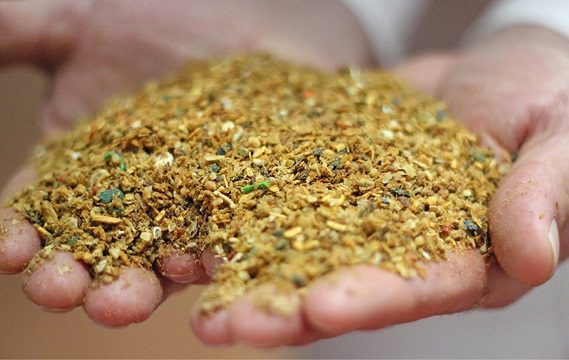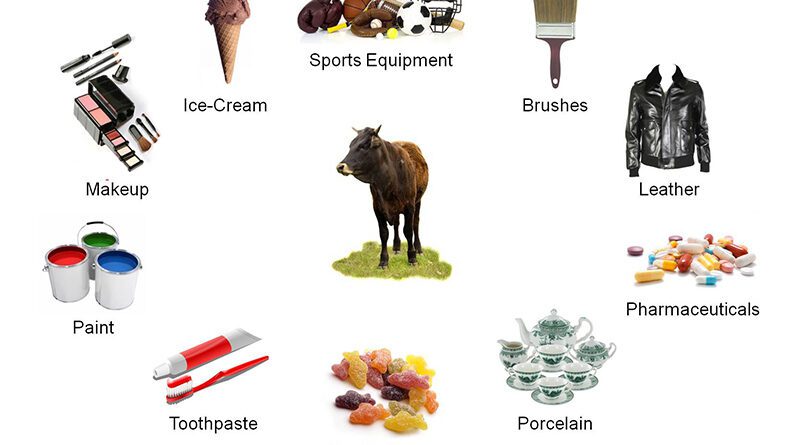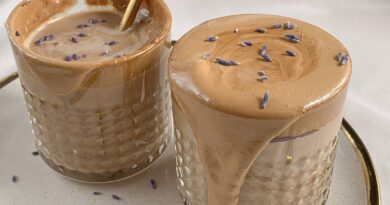How to Generate Money from Animal By-Products
Animal by-products are products that are produced from the body parts of animals. These parts can include hides, bones, hair, and hooves, as well as blood and feathers.
The most popular use for animal by-products is as food for other animals. For example, animal blood is used to make blood sausage, while bone meal is used to feed chickens. Other produce of animal by-products can be used in cosmetics or pharmaceuticals.
Animal by-products have been a great source of revenue for many years. It is estimated that over $20 billion was generated from animal by-products in the US alone in 2016.
Animal by-products include things like feathers, hooves, horns, and bones. It is important to note that each country or state has its own rules on how these products can be handled and used.
There are several ways to generate money from animal by-products. The first step is to sell these products directly to all consumers. As many people will purchase them if they are priced right. Animal by-products can be sold as solid decorations or as jewelry items such as necklaces and bracelets.
You can also create your own jewelry items using this method by buying all needed raw materials online or at craft stores while taking note of all laws regarding selling them at certain locations such as flea markets or craft fairs where there would be restrictions.
Another way to earn or generate money from animal by-products is through selling them as food resources for other animals such as livestock or pets such as dogs and cats.
Read Also: 8 Proper Methods of Waste Management
How to Generate Money from Animal by-products
1. Exporting of Meat
Meat is both white, and red is a great source of protein. The number of protein in meat varies depending on the cut, but generally, meat contains more than other food categories. Meat also contains iron, zinc, vitamin B12, and vitamin A (retinol).
2. Exporting Skins to the Tannery
Tanning is a process of treating all animal skins and hides to turn them exactly into leather. Leather also includes suede, suede is a type of leather that has been sanded on the grain side. This process creates a very soft texture and a fuzzy appearance that looks like wool.
Tanning can be processed either chemically or mechanically. In processing tanning chemically, tannin, alum, and iron salts are always used to treat animal skins and hides to help soften them for human use as leathers or furs.
The most popular method of mechanical tanning involves the use of chromium salts to protect the animal skin from decay by bacteria during its storage before it’s processed into any leather products such as handbags or footwear.
3. Exporting of Milk
If you have an animal like a cow or a buffalo and can afford to train it, milk is something that you would love to consider selling. Milk is an important by-product because it’s nutritious, healthy, and full of vitamins for the people who drink it.
The best part about milk is that it also makes other vital healthy, products like butter and cheese which are good for consumption as well. Not only that but you could also make use of the leftover milk to make ice cream or other desserts!
Read Also: Animal By-Products Complete Management Guide
4. Setting up a Poultry Farm for Exporting Eggs
To start a poultry farm for exporting eggs, you will need to purchase a chicken coop. Birds eat grubs and insects, so they can be fed on most organic waste. Such as kitchen scraps.
You should also ensure that all your birds have access to clean water and food at all times. Without these vital necessities, the health of your hens will suffer greatly and their eggs won’t be fit for human consumption.
5. Beekeeping for Exporting Honey
Beekeeping has been ongoing for thousands of years. Honey is a very healthy food and can function for many purposes. Honey can also be used as a gift to give, also as presents on all celebrations or other special occasions. Beekeeping is a great way of generating money and it also helps our environment by reducing the overtime use of pesticides.
If you are interested in beekeeping as an income-generation activity, please contact us today at [email protected]
6. You can make money from animal by-products by making your animal products certified as organic and exporting them
Animal by-products that may be certified as organic include:
- Pasteurized egg yolks
- Whole eggs
- Raw milk products (such as butter, cheese, cream, and yogurt) are made from milk from cows, sheep, or goats that graze on organic pastures. These animal by-products must also meet all other basic requirements for organically produced food.
In order to get your animal products certified as organic you will need to make a contact with a federally registered certifying body that is accredited.
In addition to meeting certain core criteria with respect to site location and all management practices, certification bodies must also demonstrate compliance with given standards for all aspects of their operations including training work members who conduct accreditation audits of producers’ farms or processing plants; communicating regularly with certification bodies about issues related to their accreditation program; developing vital policies regarding conflict resolution between applicants who may have any competing interests when they apply for certification; keeping records related to applications submitted by all individual producers or processors.
7. Production of Goat milk soap
Producing goat milk soap is easy and very affordable. Goat milk is a natural moisturizer, so it is great for the production of a gentle soap that’s important for sensitive skin.
It’s also good for eczema because of its great healing properties and anti-inflammatory effects. And since it can also be used by people with allergies to cow’s milk, this animal by-product has become a great source to generate some income from your herd!
8. Production of Lotions
Producing lotions is easy and can be a great way to earn money. You can make use of goat milk or other animal byproducts, as well as some vegetables and even plant oils.
A good base for your lotion production should be roughly 20% water, 60% oil, and 20% beeswax or other waxes (beeswax will help the lotion stay hard at room temperature). You’ll also want to add some preservatives, like vitamin E oil or rosemary extract.
Once you have your ingredients together you can start adding around your scents and colors! Some good scents include vanilla extract, essential oils like peppermint or lavender, or vital oils blended together in balanced ratios depending on the choice of fragrance you want to achieve.
Adding your preferred scents is best done after all core ingredients have been mixed together. As for colorants try adding powdered spices with clean water before adding them to your mixture; this lets you get more value for your money.
Read Also: General Classification of Animal Products
9. Meat and bone meal

Meat and bone meal is a byproduct of animals. After all, animals are slaughtered for human consumption, and their bones, hides, and other parts are processed into meat and bone meal.
The animal bones used in the process are those that have been removed because they are too small to be used in making boneless produce like ground beef. Meat and bone meal are also made from the organs of animals that are raised for food. However, these animal organs are not used in human food because they have been known to contain certain harmful materials that can be passed on to humans if consumed.
Meat and bone meal are usually added to feed given to farm animals as it’s a great source of protein. It can also be added to pet food as a unique way to replace meat proteins if meat is not readily available or when it’s expensive for use in some pet food formulas.
10. Animal feeding stuffs
Animal feedingstuffs are simple materials used in the production of animal feed. Feed is a wide term but it generally refers to food given to all animals in order to enhance or promote growth and good health. Feed is usually produced in the form of dry pellets or powder, but can also be in a liquid state.
11. Making candles from the fat of goats, sheep, and cows
The fat of sheep, goats, and cows can be used to produce candles. The process is relatively simple and it involves taking the fat from the animal, melting the fat down, and then pouring the produce into candle molds to cool.
The first important is choosing your fat source. It should be free of all hair or skin particles that would interfere with the candle’s burning quality. You can also choose to add other vital ingredients such as herbs or spices to make the candle aromatic.
In conclusion, we have explored how to generate and earn money from animal by-products. We have also discussed how to make use of animal by-products effectively in your everyday life. We hope that this article has helped you understand how to generate money from animal by-products and what are the benefits of doing so.
Read Also: Products that can be Derived from Animal by-products



